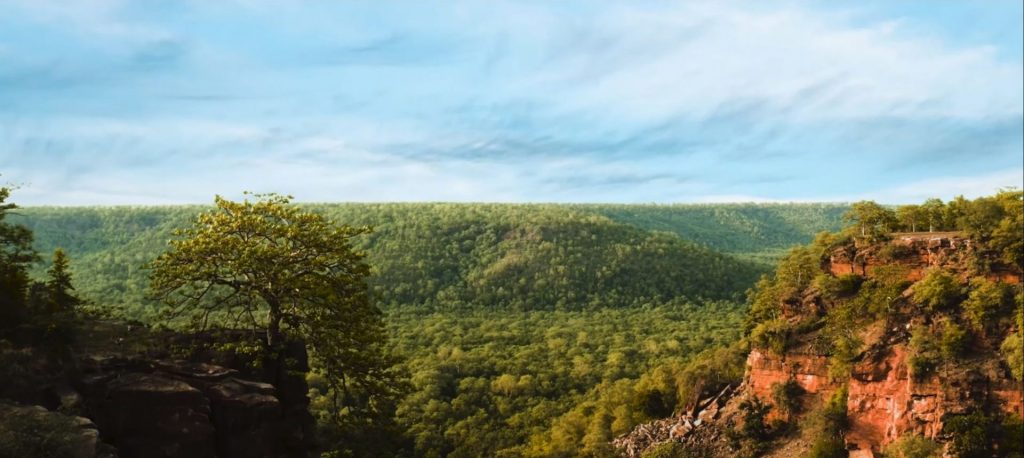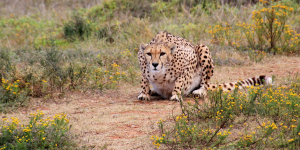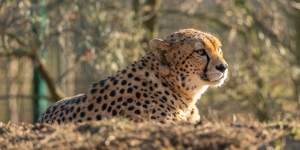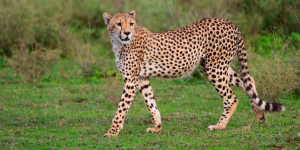Ecosystem
About Us One Column
About Kuno National Park
Biodiversity of Kuno National Park
The Kuno Palpur Sanctuary better known as the Kuno National Park, today is in news. Kuno has already boasted of a rich habitat for flora and fauna. It has the most unique vegetation in entire Madhya Pradesh. If you go by scientific terminologies, Kuno has a blend of different habitats. Let us find out more about Kuno today.
The Kuno Ecosystem
- Southern Tropical Dry Deciduous Forest is characterized by arid lands with very little rainfall. The forests comprising this vegetation stays dry for 5-6 months annually. The soil is also poor in nutrients. These are basically tropical dry forests. Teak Trees are a prominent feature.
- Southern Tropical Dry Deciduous Forest is characterized by dry deciduous trees and shrubs. This area towards the North of the Deccan region has a typical dry, broadleaf forest.
- Edaphic Climax is a localized community, which differs in soli type and vegetation from the surroundings. The Kardhai, Salai, and Palash trees dominate this region.
- Dry Savannah Forest and Grasslands comprise tall grasses of various genera.
- Tropical Riverine Forests have an abundance of water bodies like streams running through forest land.
- Northern Tropical Thorn Forest is a typical desert formation, with scrublands and thorny plants. The vegetation is short and sparse, with trees in between.
Such a wide variety of ecological settings is the ideal place for several animal species to survive. There are about 123 species of trees, 34 species of Bamboos, and 71 species of shrubs in Kuno National Park.

Fauna Inside Kuno
The thriving forestland is bustling with activity. Hear myriad sounds as you pass through the park on your safari. The Park boasts of almost 30 species of mammals, 200 birds, 14 species of fishes, and reptiles and amphibians too. Some of the faunal species which are of interest to tourists are spotted deer, sambar, chinkara, nilgai, black buck, leopard, wild boar, jackal, fox, palm civet, mongoose, Indian porcupine, Indian gerbil, and the langur, amongst others.
It is a tourist hot spot that is waiting to be explored in its entirety. The Park is most famous for the Lions from Gir. They are an endangered lot. The Lions are genetically suited to survive in a similar kind of habitat. So, the re-introduction model seems to be a success already. Some of the birds present at the park are bay weaver, lesser florican, lapwing and king vulture. There are other reptiles that are commonly spotted. They are lizards, cobras, kraits, and pythons. Tigers have also been sighted now and gain. Moreover, some of the big cats have made Kuno their second home. The biodiversity of the region is a blessing to the country. With the scope for more such conservation projects, a beautiful dream of conservating extinct and vulnerable species will be a reality.
Recent Posts
Cheetahs Protection Is The Responsibility Of India, More Than 1000 Dogs Got Anti-Rabies Shots
Cheetah translocation forms part of a dream project of Indian...
Read MoreKuno Decides Electrifying The Fence To Keep The Leopards Away From Cheetah
Although cheetahs and leopards belong to the same category of...
Read More12 Cheetahs Are Going to Land In India From The South-African Forests
Spotted cats are getting extinct day by day in India....
Read MoreSeptember 6 Marks Arrival of South Africa Team With Cheetahs For Kuno Palpur Sanctuary
The time for the arrival of the much-awaited animals to...
Read More



